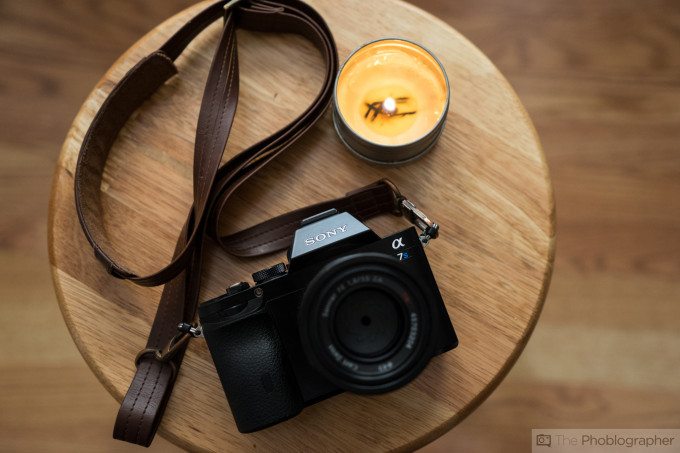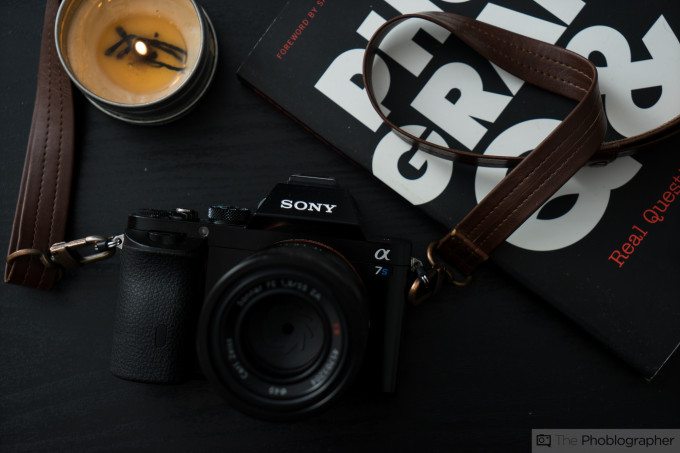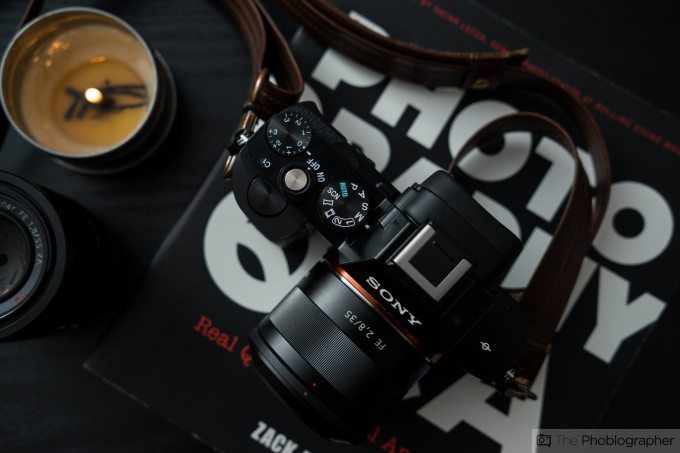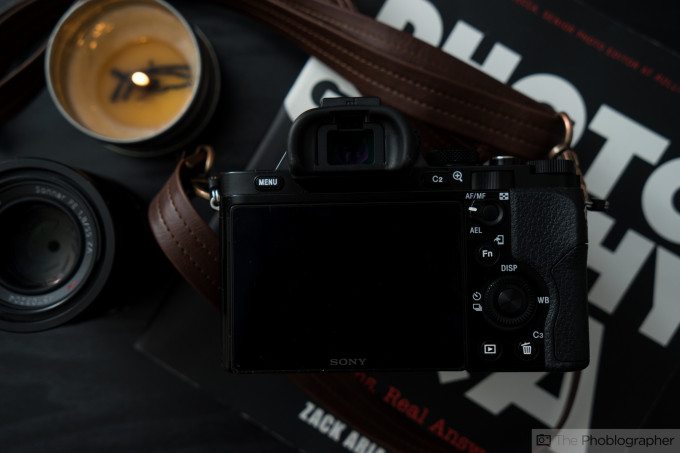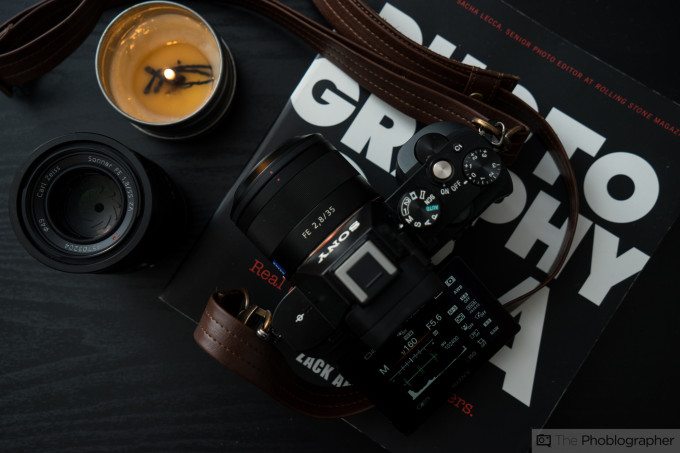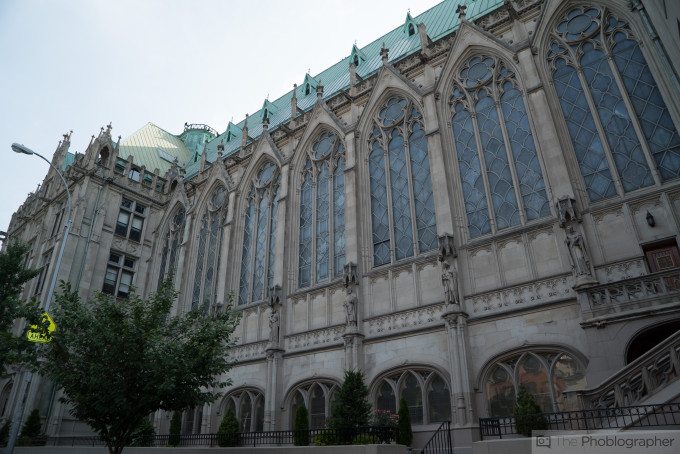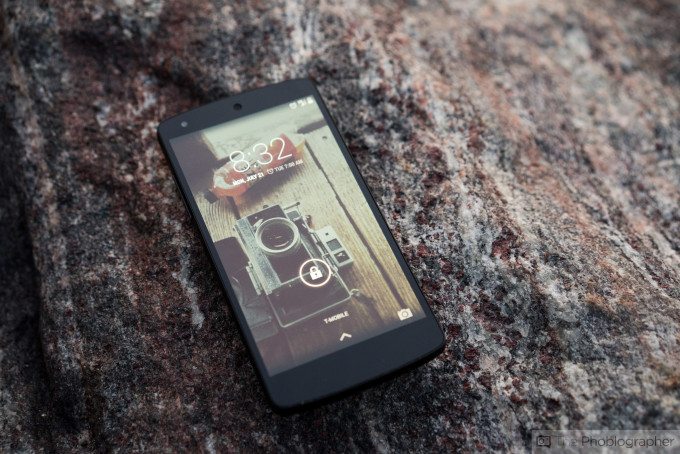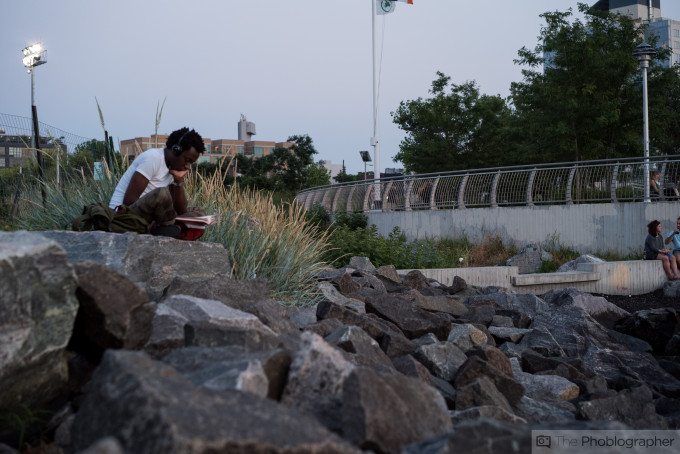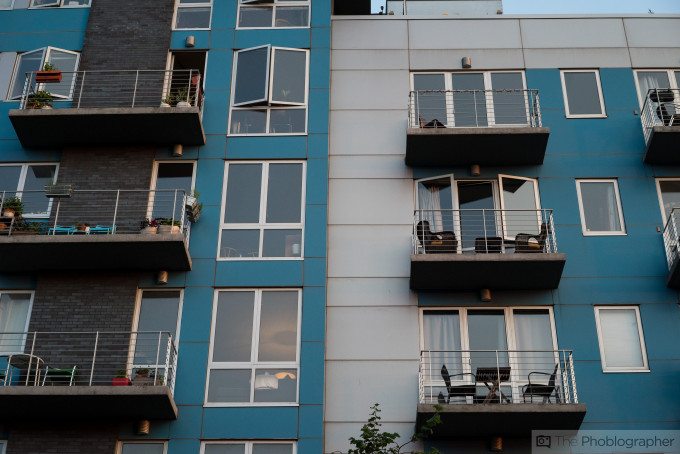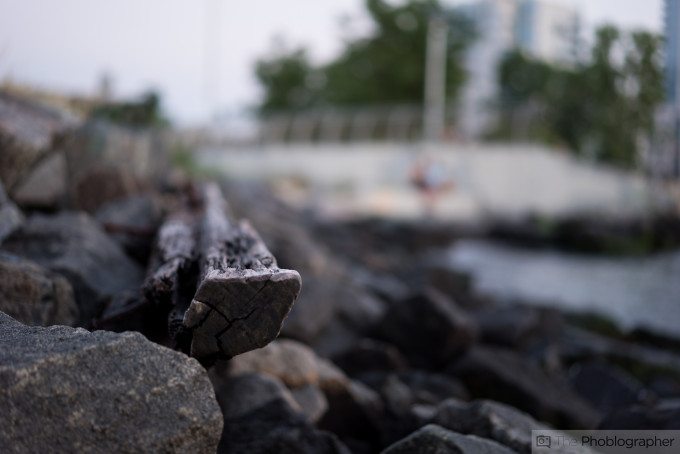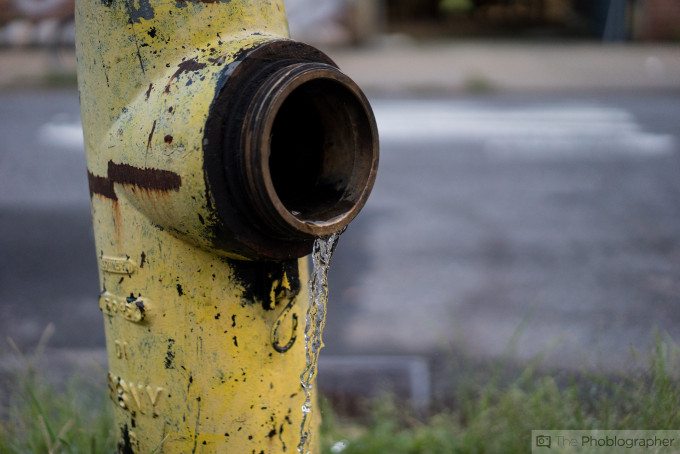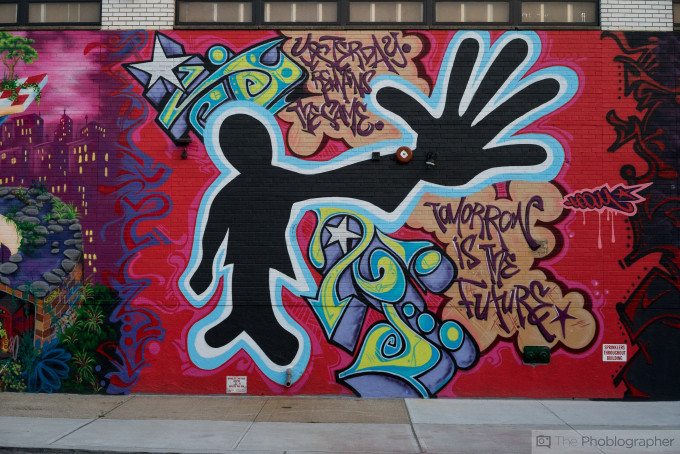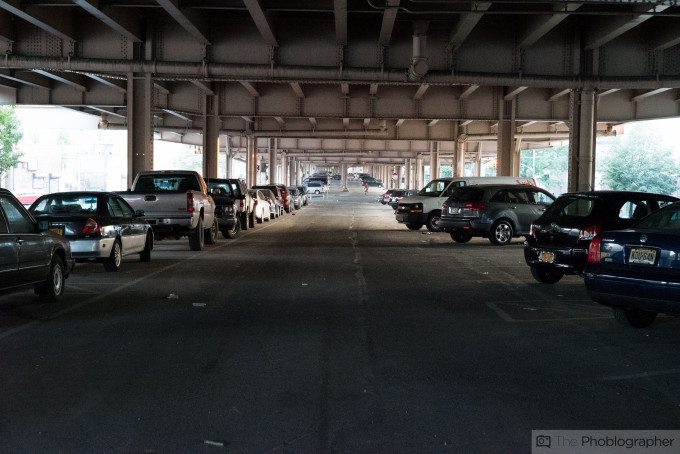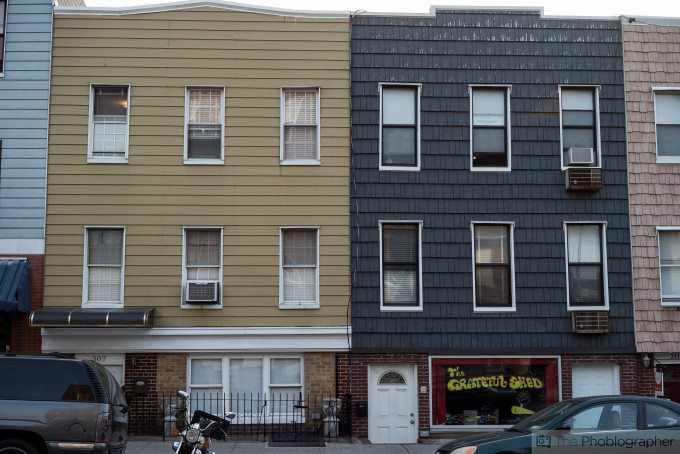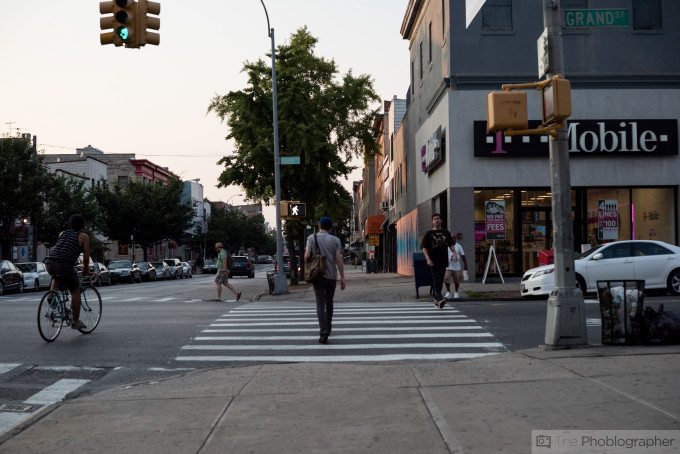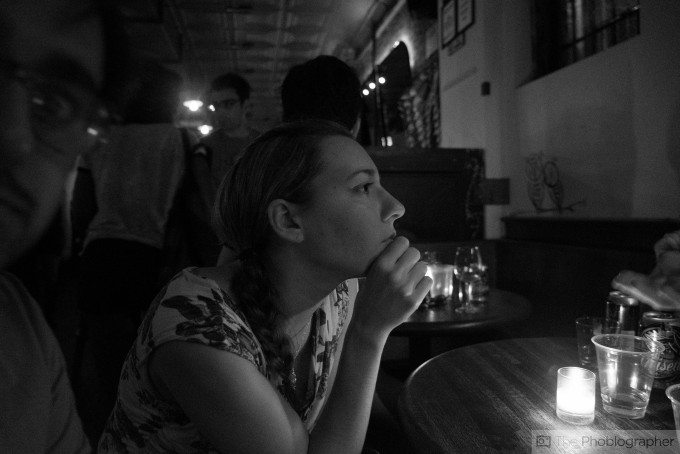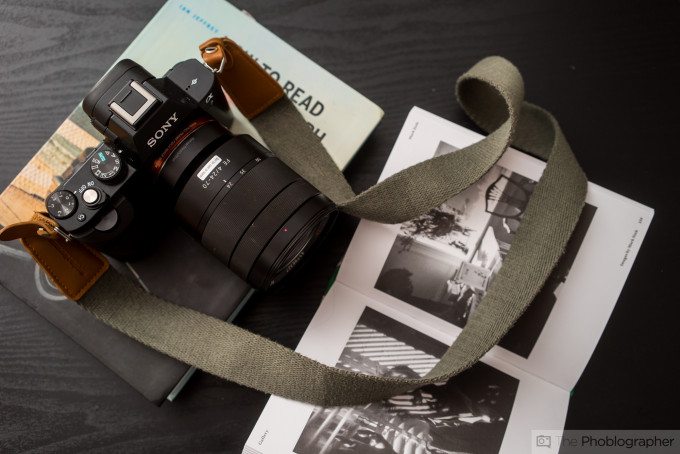Last Updated on 07/25/2014 by Chris Gampat
The Sony A7s has to be the single camera that will shift the megapixels race to the ISO stage. When it was first announced, it was billed as a low megapixel high ISO territory trailblazing camera. Then tests started to come out that confirmed this. Indeed, Sony’s 12MP full frame sensor is quite capable not only of delivering very clean high ISO results, but also pretty darned good RAW file versatility. But there is so much more to the camera than this.
The A7s also is one of the fastest focusing cameras that we’ve tested on the site–and for that reason its reliability as a tool in your daily life increases. The camera is a dream come true for many photojournalists, concert photographers, and videographers.
On the other hand, still photographers are bound to be disappointed somewhat by fewer megapixels and the lack of detail at lower ISOs.
But Sony delivered some Editor’s Choice award winning products in the A7 and A7r. Is the A7s worthy of the award too?
Editor’s Note: this review is based solely on a photographer’s point of view. We will post another article later on comparing this camera’s video output to the Panasonic GH4.
Pros and Cons

Pros
– The best high ISO results of any camera that we’ve ever seen to date. Nikon and Canon should be shaking.
– Greatest looking image noise that we’ve seen
– Excellent autofocusing abilities; right up there with Olympus
– Super versatile RAW image files
– For the first time, you can shoot at a high ISO, stopped down to f8 and beyond, and get a usable shutter speed for street photography
– WiFi transmission
– Great for videographers
– Silent shutter mode is deadly quiet
Cons
– We really wish that there were a thumb joystick for moving the focusing point easier like with the A77 Mk II and A99
– Weather sealing would be better than splash and dust proof
– Video button in a weird position
– Some sort of switch to change the focusing type from single to continuous would have been a nice addition
– We’ve been spoiled by having more megapixels and therefore more details
Gear Used
For this test, we review the Sony A7s with the 35mm f2.8 and the 55mm f1.8. At another point, we used it with PocketWizard Plus III transceivers and the Adorama Flashpoint Streaklight 180WS.
Tech Specs
Specs taken from the B&H Photo listing of the product.
- 12.2MP Full-Frame Exmor CMOS Sensor
- BIONZ X Image Processor
- Gapless On-Chip Lens Design
- 3.0″ 921.6k-Dot Tilting LCD Monitor
- XGA 2.36M-Dot OLED Electronic Viewfinder
- Full HD Recording in XAVC S
- 4:2:2 UHD 4K Output via HDMI
- Full Pixel Read-Out, S-Log2 Gamma
- Expandable Sensitivity: ISO 50-409600
- Fast Intelligent 25-Point AF System
Ergonomics
The Sony A7s is a camera that is more or less identical to its siblings the A7 and A7r. But the major difference ergonomically has to do with the weight of the camera. The A7s is ever so slightly heavier due to the larger heat sink for videographers. In real life situations though, it’s still light as a feather.
Like the previous cameras, the Sony A7s is nearly devoid of controls on the front of the camera with the exception of the lens release.
When you look at the top of the camera, you’ll notice a lot of controls that will be central to your experience using the camera. Here you’ll find the mode dial, hot shoe, shutter release, on/off switch, exposure compensation dial, and two exposure dials towards the front and the back.
Below the hot shoe is the camera’s EVF–which we’re positive that most folks will spend lots of time using.
Moving to the back of the camera, you’ll see even more controls. The A7, A7r, and A7s have controls mostly placed along the right-hand side of the camera–as you can clearly tell from this image. Here you’ll find things like white balance, display settings, trash buttons, the circular dial for ISO control, AF/MF switch, etc.
And of course, the LCD screen takes over a lot of the real estate.
Lastly, you should be aware that this LCD screen flips up and down–which is great for videographers and photographers trying to shoot in situations that otherwise require the acrobatics of Spider Man.
Build Quality
The Sony A7s survived shooting in rainfall during some very wet and humid days in NYC. But anything more than that and the camera won’t be able to take it. Earlier on in our testing, we thought the A7s to be weather sealed on par with the finest products from Olympus and Pentax. Indeed, we continued on to do our famous faucet test with the camera that didn’t make it through. After more consulting with Sony, we found the camera to not be weather sealed.
This fact, in addition to a couple of ergonomic fixes are our only qualms with the A7s. The additions that we suggested earlier on in the review’s pros and cons statement would make usability much more straightforward for professional applications.
Autofocus
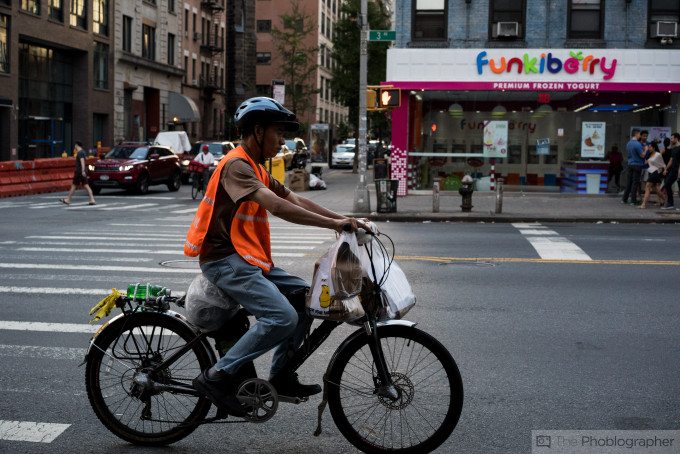
The Sony A7s’s autofocusing is really, really good. There are loads of cool things to talk about with it. Before we get into it, the A7s has a different focusing area menu that not only features the wide area, center, and zone areas on top of the specific point but also will let you do all of this with continuous tracking. Obviously, this is only unlocked once the other focusing parameters are activated.
For starters, if you set the camera to continuous focusing and the center focusing point while adding tracking focusing into the fray, it will effectively let you focus and recompose with ease. When you combine this with proper methods, it can work flawlessly for fast moving subjects. By this, we mean that you should stop down the aperture, crank up the ISO, and shoot at a fast shutter speed. Additionally, we recommend that you pan with the subject to help the camera keep it in focus.
Also note that the narrower your aperture, the easier it will be to track the subject. Otherwise, it will be a bit tough for both you and the camera.
When it comes to focusing in low light situations, we strongly recommend switching to a single focusing point. It worked for us in both low and bright light better than the A7 and the A7r. The A7 wasn’t (and still isn’t) that bad at all, but the A7r made us scream more profanities than ever before during a review session.
Using the A7s though, there is almost no good reason why you won’t be able to nail a critical photo.
Ease of Use
If you’re a Sony veteran, than getting used to the controls won’t be such a hassle. But if you’re coming from another system, then it may take some extra muscle memory to learn all the dials, controls, buttons, etc. What you should know first and foremost though is that there is a silent shutter mode–and it is everything that puppies and kitties are made of.
Metering

For the most part, the Sony A7s meters pretty much on par with standard Sunny 16 metering methodologies. By that, what we actually mean is that the camera tends to underexpose a scene by around 1/3rd of a stop–but this is common in today’s industry and with Sony’s sensors.
If you’re shooting a video or still images with artificial lighting, make sure that you compensate accordingly.
Image Quality
AS ALWAYS, EXIF DATA IS IN TACT AND IN THE IMAGE URL ONCE YOU CLICK IT
Before we get into the high ISO talk (which is probably why you’re here) we’re going to talk about the low ISO levels. They’re very clean though no where as detailed as we like them to be. And for that reason, you’ll probably only want to shoot the A7s at the higher ISO levels.

The reason why one would spring the A7s to begin with is for its outstanding high ISO abilities. If you’re looking for a camera where you can get loads and loads of resolution or something that is a nice middle ground, then this isn’t for you. In fact, this is the most specialized of the A7 series of cameras. The A7r has lots of detail in the images with pretty good high ISO abilities while the A7 has less detail with better high ISO abilities. But the A7s pales in comparison to the details that its older brothers can capture–but the high ISO abilities on the other hand perform quite swell.
Given the fact that this is also a Sony sensor, we were quite amazed at how the RAW file versatility faired. Sony has always has great dynamic range and color depth, but this blew us away.
RAW File Versatility


We played with the Sony A7s’s RAW files in Adobe Lightroom and through lots of tweaking, we were able to get the image that you see above at ISO 102,400. Generally, we consider that the cleanest of the super-high-nuclear-level ISO levels and after this it can become problematic to get the details while keeping the image noise at a minimum.
Indeed, even at this ISO we sometimes had a tough time getting better results–but the fact that you can really do so at this ISO level is insane. Let alone that the image noise looks so beautiful and film-like that you’ll just want to embrace it or add even more of it.
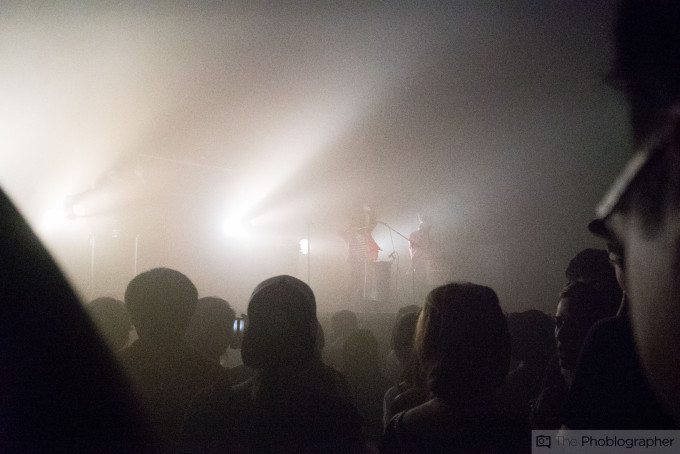
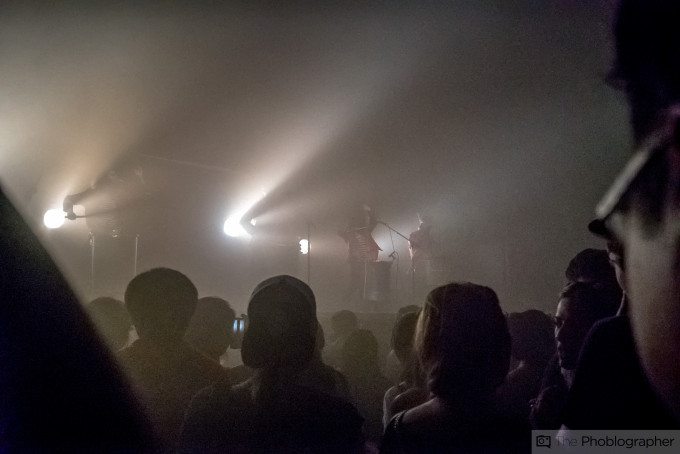
When it comes to trying to get more details from the highlights though, it can be tough but it surely is doable. In previous tests that we’ve done, we’ve seen that Sony’s sensors let you pull lots of information from the shadows but not always from the highlights. If you really want better performance in the highlights, then you’ll need to go for Fujifilm, Canon and Nikon. Indeed, we’ve tested this in a head to head test with Fujifilm’s sensors two years ago–and the same still holds true.
The company’s sensors in the A7 and A7r can perform better in the highlights; but they can’t begin to touch what the A7s can do at ISO levels this high.
High ISO Output
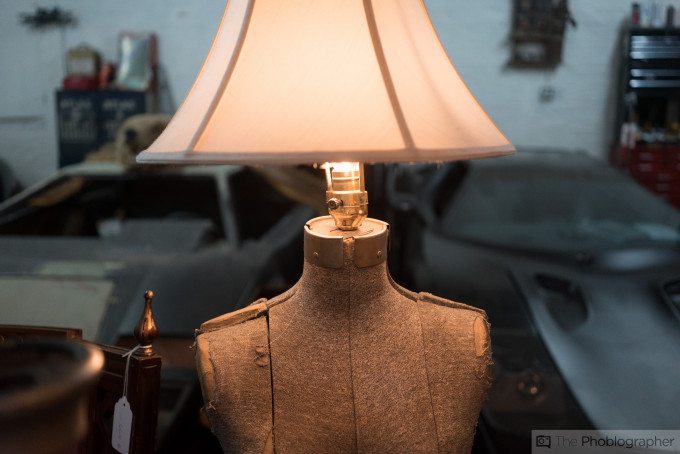
After ISO 102,400 we felt that the image quality started to break up the most compared the the progression from ISO 100 and beyond. The images produced can still surely be usable with the right amount of editing (even way out to the outer end of the spectrum) but 102,400 is really the cutoff point.
With the way that the Sony A7s works, you begin to adapt a totally new thought process that entails cranking the ISO levels up into a barrier where you would never have even thought of before.
As you can see in the image above, ISO 3200 is really solid. Many offerings from other companies start to break apart at this point a bit while still being usable. But in this case, ISO 3200 is cleaner than anything that we’ve seen before. We’ve got loads of other image samples in the following section though.
Here are some other high ISO samples.
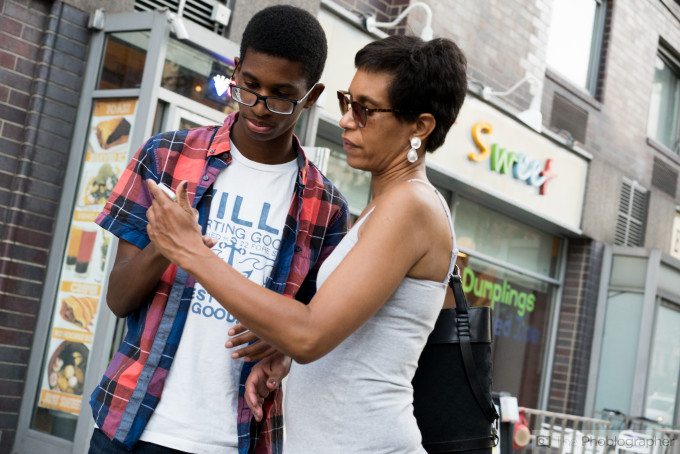


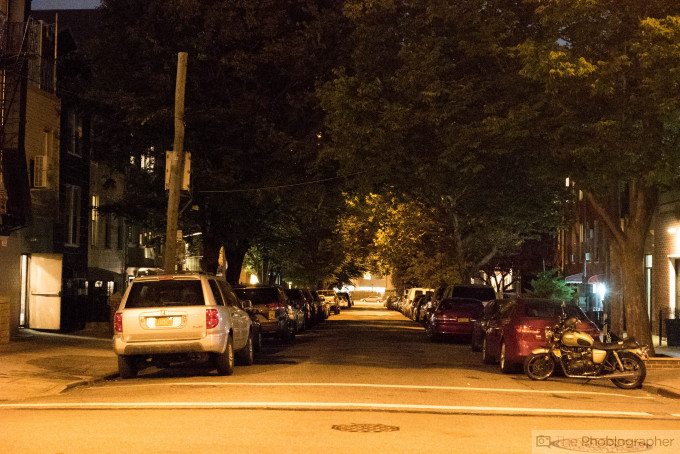

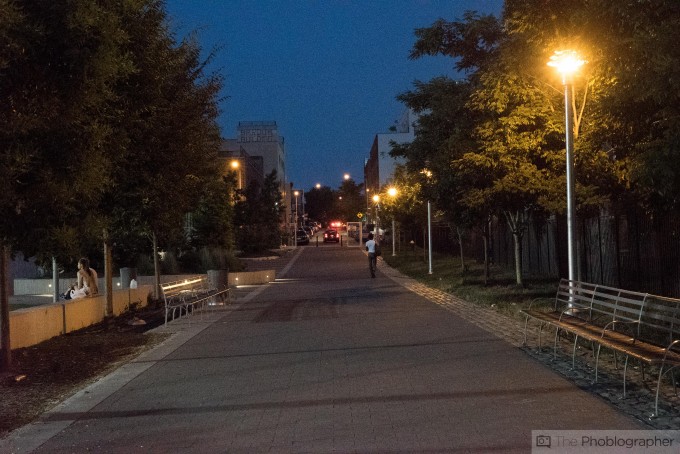




Extra Image Samples



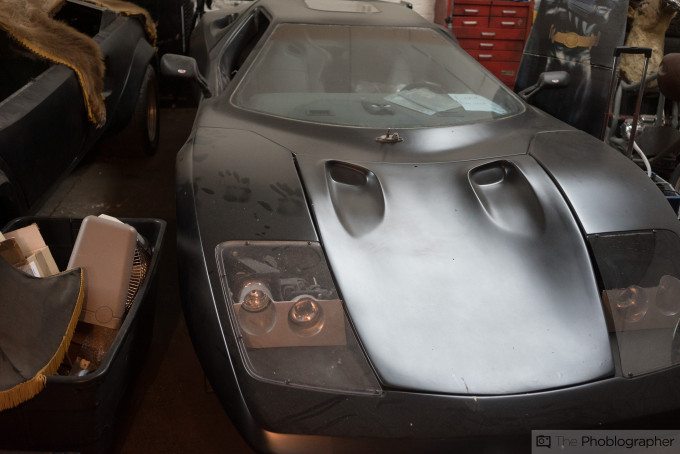
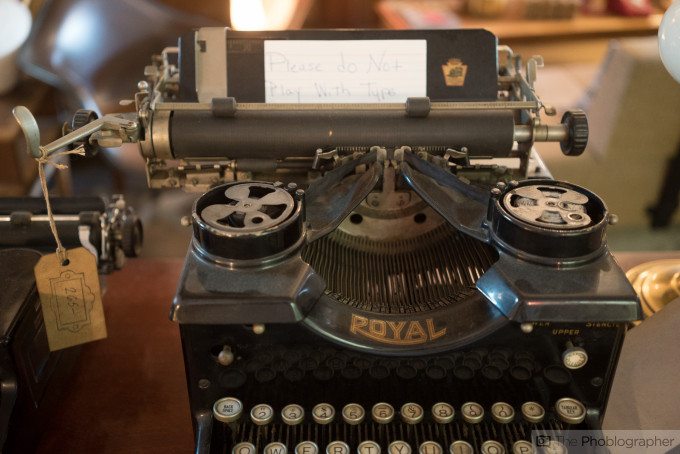
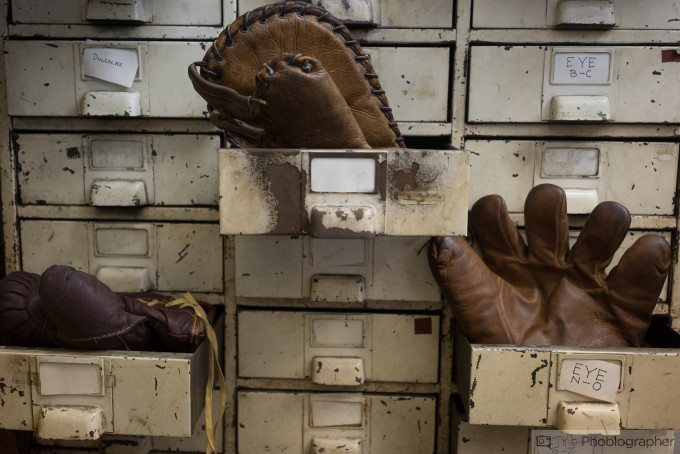
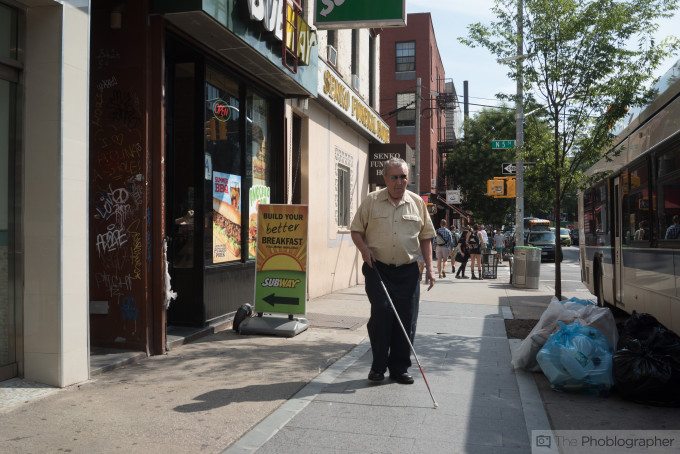

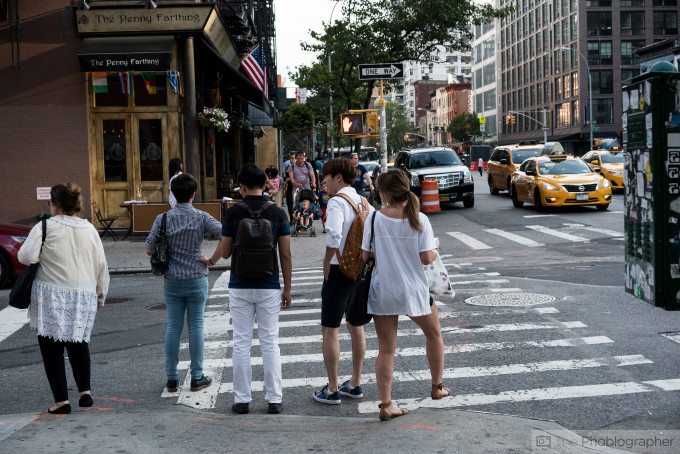
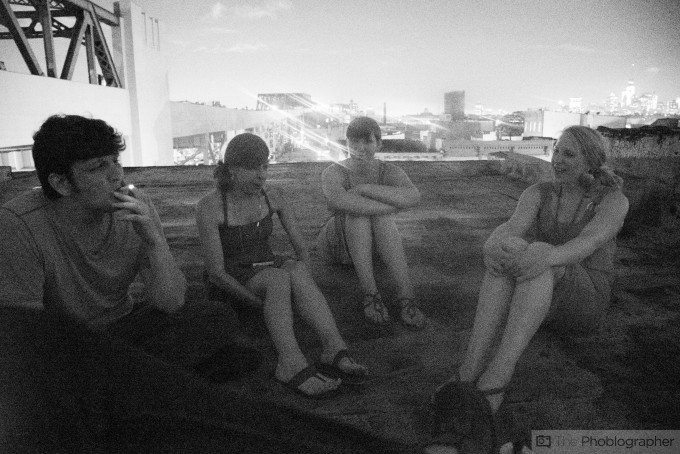
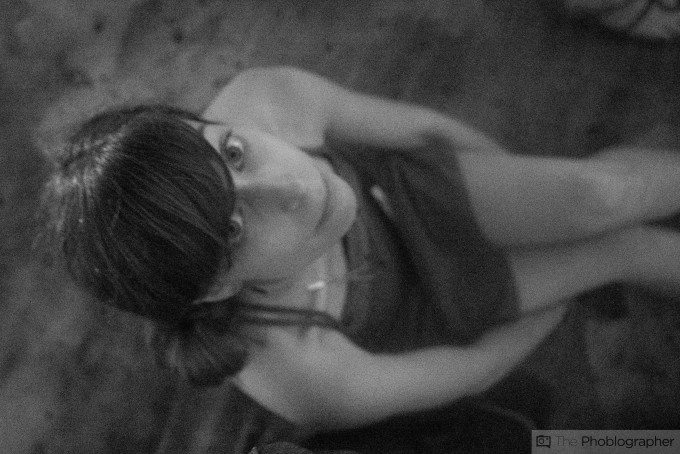
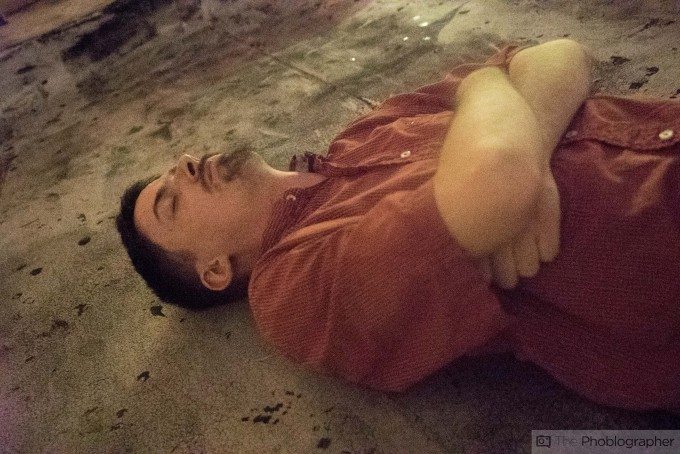

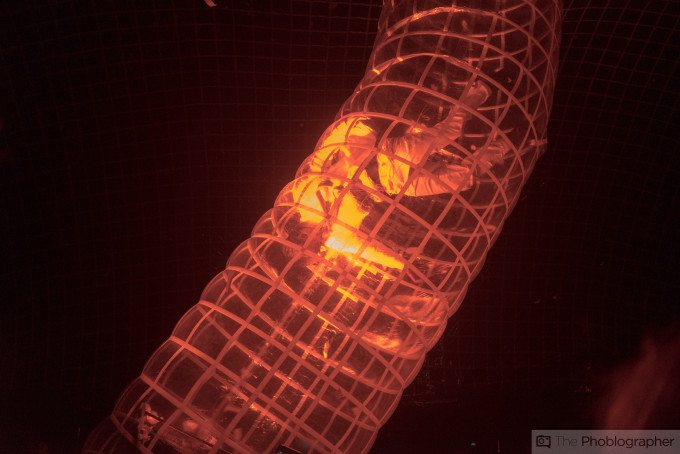







Conclusions
Likes
– Great high ISO ability for sports, street, and photojournalism
– Autofocus improvements are really nice
Dislikes
– Needs some improvements to the ergonomics
– Weather sealing
– I wish they went with a 16MP sensor for more details in the still images
Sony’s A7s has a lot going for it. In today’s world, everyone wants amazing high ISO abilities–and the A7s delivers on this and then some. But in the method that Sony took, we dare to say that it’s too good. There comes a certain point where a still photo taken doesn’t need the have a super high ISO. However, it could totally change the way that you shoot.
Because of the megapixel wars, we’ve become spoiled by 16MP + sensors, and so if you’re used to getting more details, this sensor may not be enough for you.
We’re giving the Sony A7s our Editor’s Choice award and our five out of five star rating despite a couple of personal qualms. It’s more than enough camera for most folks.
Want one? Adorama, B&H Photo and Amazon usually have it for $2,498.
Recommended Accessories and Lenses
– Sony 55mm f1.8: As currently the company’s fastest prime lens, you’ll be able to enjoy all the bokeh in the world while also stopping it down a ton to use the camera’s super high ISO results. But don’t expect the sharpest results with this lens due to the sensor’s design. For that, pair it with the A7r.
– Sony 35mm f2.8: The perfect lens for street photography with this camera. Period. No ifs, ands, or buts about it.


